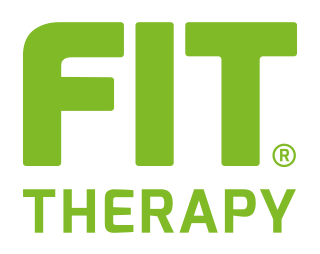- Home
- The benefits of non-drug therapy
- Health
- The benefits of non-drug therapy
The benefits of non-drug therapy

In today’s medical world, there is a growing awareness of the potential of non-pharmacological therapies to alleviate chronic and acute pain. While many traditional therapies focus on heat release, there are equally effective natural approaches to managing pain that do not require the use of expensive drugs or equipment. This article will explore some of these non-pharmacological therapies and how they can offer pain relief.
Physical Therapy
Physical therapy is a widely used non-pharmacological approach for pain relief. Physiotherapists work with patients to improve their physical function, reduce pain and increase mobility. This therapy may involve specific exercises, joint mobilisation techniques and targeted therapeutic massage.
Physical Exercise
Regular exercise is an effective way to relieve chronic pain and improve general health. Physical activity strengthens muscles, improves blood circulation and releases endorphins, natural chemicals that act as analgesics. Yoga, Pilates, stretching and light aerobics are just some of the options available.
Creative Arts Therapy
Creative arts therapy involves the use of art, music, theatre or other creative forms to express emotions, reduce stress and alleviate pain. This approach can be particularly effective for chronic pain related to stress and emotional tension.
Relaxation and Mindfulness Techniques
Meditation, mindfulness and relaxation techniques promote greater awareness of body and mind. These methods can help reduce pain through stress control and symptom management.
Manual Therapy
Manual therapy involves the use of the therapist’s hands to treat pain and improve function. Techniques such as therapeutic massage, osteopathic manipulation and chiropractic care can help reduce musculoskeletal pain.
Acupuncture
Acupuncture is a traditional Chinese practice involving the insertion of fine needles into specific points on the body. Many people report significant relief from chronic pain, including muscle and joint pain, after acupuncture sessions.
Diet and Supplements
A balanced diet can influence pain. Certain foods, such as fish rich in omega-3 fatty acids, can have anti-inflammatory effects. Supplements such as curcumin can help reduce inflammation and pain.
Behavioural and Cognitive Therapy
Behavioural and cognitive therapy (CBT) is used to teach people to manage pain by modifying the thoughts and behaviours that amplify it. TCC is often used for chronic pain and pain related to conditions such as arthritis.
In conclusion, non-pharmacological therapies offer a wide range of options for pain relief, without the need for heat release or the use of drugs. It is important to consult a health professional or an experienced therapist to determine the best approach based on your needs and the nature of your pain. The main objective of these therapies is to improve quality of life and overall well-being, enabling people to manage pain in a healthy and sustainable way.





